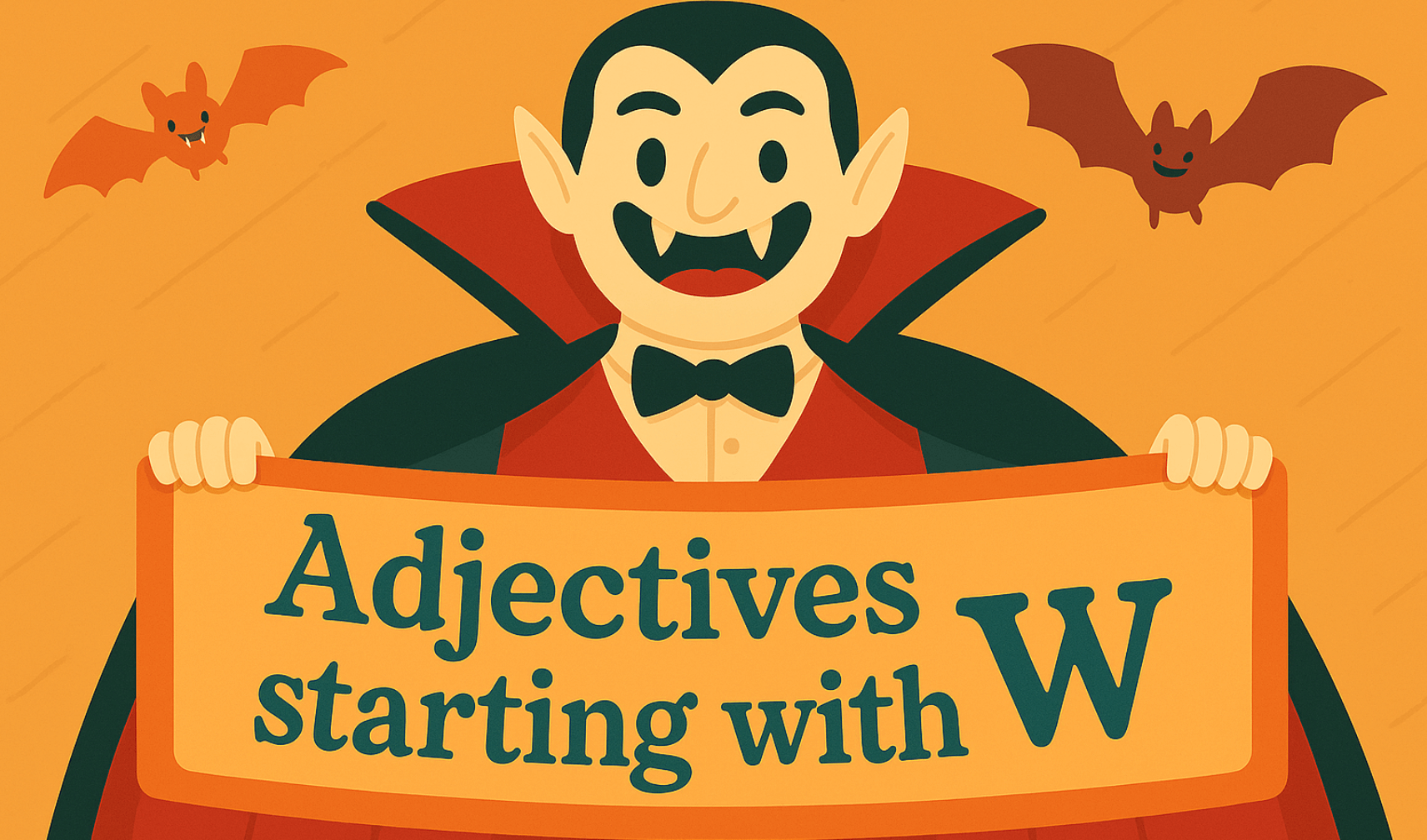Let’s be honest—most readers treat the book introduction the way people treat Terms & Conditions: they skim, shrug, and skip. Brutal, right? That’s like judging a restaurant by the smell of the parking lot and leaving before the appetizers arrive.
But here’s the twist: when done right, the introduction of a book isn’t just a dusty prelude—it’s a golden opportunity. It’s the moment you, the author, lean across the metaphorical table, lock eyes with your reader, and whisper, “Here’s why you should care.”
A strong introduction to a book sets the tone, plants the emotional hook, and lays out the journey ahead—all without giving away the whole plot. It’s your literary handshake. It builds trust, stirs curiosity, and (bonus points) gets people actually excited to turn the page.
So, what is the introduction of a book called? Well… It’s called the introduction. But it’s often confused with cousins like the foreword (written by someone else, usually famous-ish) or the preface (where authors talk about why they wrote the book, often with a side of humblebrag). The introduction is all on you, baby—and it’s your first chance to shine.
If you’re wondering how to make readers not skip your intro—and maybe even highlight it—then you’re in the right place. Let’s turn that obligatory warm-up into a captivating curtain-raiser.
Hooked at Hello: What Is the Introduction of a Book Called, Anyway?
So, you’ve typed “what is the introduction of a book called” into Google, and now you’re here. The good news: the answer is surprisingly simple. It’s called… the introduction. Shocking, we know.
But hang on—before you start slapping that heading onto page one, let’s clear the literary air. The introduction of a book often gets lumped together with its distant relatives: the foreword, the preface, and the prologue. But trust us, they each show up to the party wearing very different outfits.
Here’s the cheat sheet:
- Foreword: This is usually written by someone else, preferably someone impressive. Think celebrity endorsement but with more semicolons.
- Preface: The author’s behind-the-scenes commentary—why you wrote the book, what inspired it, maybe a humblebrag or two.
- Prologue: Common in fiction, it’s a scene or snippet that tees up the main story (mysterious flashbacks optional).
- Introduction: The main event. This is where you (yes, you) make your case to the reader about why they should keep reading.
If your book were a date, the introduction would be your first impression over cocktails—not too heavy, plenty intriguing, and just enough sparkle to promise a great night ahead.
From Snooze to Sizzle: What Makes a Book Introduction Work
A bland book introduction is like serving dry toast at a dinner party—it technically counts, but no one’s excited. So how do you go from flavorless to unforgettable? The secret sauce lies in a mix of emotional pull, clear promise, and just enough personality to make the readers feel like they’re in good hands.
The Key Ingredients of a Standout Introduction
- The Hook
You’ve got seconds to catch a reader’s attention. Open with a bold statement, an unexpected question, a compelling anecdote—or better yet, a mix of all three. Malcolm Gladwell’s Outliers kicks off with a riveting story about a uniquely successful town. That’s not an accident. That’s strategy. - The Why
Tell your reader why this book exists. Not in a preachy way—more like, “Here’s the problem we’re solving together.” Brené Brown’s Daring Greatly nails this by weaving vulnerability with purpose right from the start. It makes readers lean in. - The Reader Promise
A strong introduction to a book sets expectations: What will the reader learn? Feel? Be able to do differently? Spell it out. Your reader isn’t here for guesswork—they want to know the journey is worth their time. - Your Voice, Not Your Résumé
This isn’t a TED Talk bio. The introduction of a book should sound like you—smart, approachable, maybe even a little funny. Whether you’re writing memoir, mystery, or marketing strategy, your voice sets the tone for everything that follows. - The Personal Touch
Share just enough of your story to build credibility and connection. Readers don’t need your life story—just the part that makes them trust you with theirs.
Done right, a great book introduction is a handshake, a wink, and a rallying cry all rolled into one. It sets the mood, frames the message, and makes skipping ahead feel like missing out.
How to Write a Book Introduction Without Boring Everyone to Tears
Let’s face it—how to write a book introduction isn’t exactly the sexiest search query. But if you want readers to actually read your book (and not just display it on their color-coordinated shelves), the intro is where your magic starts. Here’s how to write a book introduction that hooks hearts, sparks curiosity, and keeps readers flipping.
Brainstorm with a Purpose
Before you write a single sentence, ask yourself:
- Why did I write this book—and why should anyone care?
- What transformation does the reader experience by the end?
- What’s the tone of this book: friendly? fierce? philosophical?
Your answers aren’t just warm-ups—they’re breadcrumbs for your entire introduction.
Use the “H.B.P.T.” Formula
Here’s your not-so-secret weapon:
Hook – Background – Promise – Tease
Hook: Open with something unexpected—a stat, a story, or a punchy question.
Background: Briefly explain the context behind the book.
Promise: Tell readers what they’ll gain. Be specific.
Tease: Offer a glimpse of the good stuff to come without spoilers.
Think of it as your book’s trailer: short, compelling, and impossible to ignore.
Common Pitfalls to Avoid
- Over-explaining: You don’t need a 10-page prologue about the state of the world in 1782 (unless you’re writing historical fiction… maybe).
- Starting with a disclaimer: “This book isn’t perfect…” Nope. If you don’t believe in it, why should we?
- Sounding like a textbook: Inject personality. Dry intros are forgotten intros.
A killer book introduction doesn’t drone—it dares. It dares the reader to keep going, to invest, to believe you’ve got something worth saying. Spoiler alert: You do. Let’s help them see it from page one.
Your Publishing Journey Awaits – Start NowCreative Spark: Injecting Personality Into Your Introduction
If the introduction of a book is the first date between you and your reader, then personality is what turns a “polite nod” into “Where have you been all my life?” A great book introduction doesn’t just inform—it charms, connects, and makes the reader feel like you wrote the book just for them.
Tips for Adding Personality To Your Intro
Injecting personality means being brave enough to write like you. Polished? Yes. Predictable? Absolutely not.
Add Humor (Tastefully)
You don’t have to be a stand-up comic, but a well-timed quip or clever turn of phrase can make you instantly relatable. Humor creates comfort, and comfort opens the door to curiosity. Think David Sedaris or Nora Ephron: witty, sharp, never forced.
Tell a Mini Story
Humans are wired for stories. Start your intro with a tiny, true tale that reflects the book’s core theme. Maybe it’s the “aha!” moment that inspired your writing or a hilarious failure that shaped your perspective. Just keep it short and relevant.
Be Vulnerable, But Not Mushy
Honesty is magnetic. Readers appreciate it when authors drop the façade and speak from the heart. Share struggles, doubts, even rejections—but keep it purposeful. Vulnerability should amplify the message, not overshadow it.
Break the Rules (On Purpose)
Want to open with dialogue? A bold opinion? A fake FAQ? Do it. As long as your choices serve the reader and reflect your tone, anything goes. The best book introductions don’t follow formulas—they set new ones.
SEO with Soul: Using Keywords Without Sounding Like a Robot
Ah, the digital dance of SEO: where you try to sneak “how to write a book introduction” into a sentence without sounding like a malfunctioning chatbot. Here’s your reminder that it can be done—and done well.
Yes, Google loves keywords. But readers? They love rhythm, wit, and sentences that don’t feel like they were assembled by committee. The goal is to bake those SEO gems—book introduction, introduction of a book, introduction to a book—right into your content like chocolate chips in a cookie, not thumbtacks in a salad.
Try These Instead:
- “Let’s break down what makes a strong introduction to a book truly memorable.”
- “If you’ve ever Googled how to write a book introduction, you’re not alone—and you’re in the right place.”
- “A compelling book introduction does more than open the story; it opens the reader’s mind.”
See? Smooth. Seamless. No keyword stuffing in sight.
Think of SEO as seasoning. Sprinkle it generously, not obsessively—and your content will taste better to algorithms and actual humans.
Closing Chapter: The Final Word on First Impressions
Here’s the deal: your book introduction is your shot at winning the reader over before they’ve even hit Chapter One. It’s not just literary foreplay—it’s your pitch, your handshake, and your best first impression rolled into one. And in a world with endless scrolls and short attention spans, the introduction of a book might be your only chance to prove you’re worth the read.
So make it count.
Whether you’re crafting your first sentence or revisiting a dusty draft, now’s the time to bring the heat. Be bold. Be weird. Be real. Tell the story only you can tell in a voice only you have. Your intro doesn’t have to be perfect—it just has to be you, with purpose.
Now go forth and write the kind of intro no reader dares to skip.
FAQs – Book Introduction
Q1: How long is a typical book introduction?
A typical book introduction ranges from 500 to 1,500 words, depending on the genre and purpose. Nonfiction books often lean longer to establish context, share background, and outline what readers can expect. Fiction introductions (or prologues) are usually shorter and more story-driven—think of them as a teaser, not a trailer. The key is to say just enough to intrigue your reader without overwhelming them before the main content begins.
Q2: What is the difference between an introduction and a preface?
Great question—these two are often confused.
An introduction dives into the book’s content, often setting up themes, arguments, or what the reader will gain. It’s meant for the reader.
A preface is more behind-the-scenes—it’s where the author explains why they wrote the book, how it came to be, or what journey led to its creation. It’s like a backstage pass to your writing process.
Bonus tip: Introductions are more common in nonfiction; prefaces show up in both fiction and nonfiction, especially in revised editions.
Q3: How do I start an introduction to a book?
Start with a bang—not a snooze. Lead with a compelling hook: a bold statement, a relatable anecdote, or a surprising stat. Then, quickly move into why the book matters and what the reader will take away. Ask yourself, What’s the one thing I want the reader to feel or know right away? Then, build your intro around that moment of impact.
Q4: How do you write an opening sentence for a book?
An opening sentence should grab your reader by the curiosity and not let go. Whether it’s emotionally charged, mysteriously vague, or sharply funny, it should demand attention. Some styles to try:
A bold claim: “Most of what you believe about creativity is wrong.”
A question: “What if your biggest mistake was actually your best story?”
A story snippet: “The day I almost quit writing was the day everything changed.”
Match the tone to your book—and don’t be afraid to rewrite it five times. The best openers usually weren’t born that way.
Q5: How do I introduce a novel?
Introducing a novel is all about setting a mood, voice, and a whisper of what’s to come. If you’re using a prologue or opening scene, give readers a taste of the central tension, theme, or a character they’ll fall in love with (or fear). Think of it as the appetizer to your narrative feast. And remember: mystery and emotion are your best friends here—don’t overexplain, entice.
Q6: What is a hook in a book?
A hook is that irresistible idea or moment that grabs the reader and doesn’t let go. It’s the element that makes someone think, “I need to know what happens next.” Hooks can come in many flavors: a shocking event, a juicy secret, a puzzling scenario, or even a deeply relatable emotion. It might show up in the first sentence, the first page, or the concept itself. But without a hook, a book introduction risks becoming background noise. With one? It becomes unforgettable.








